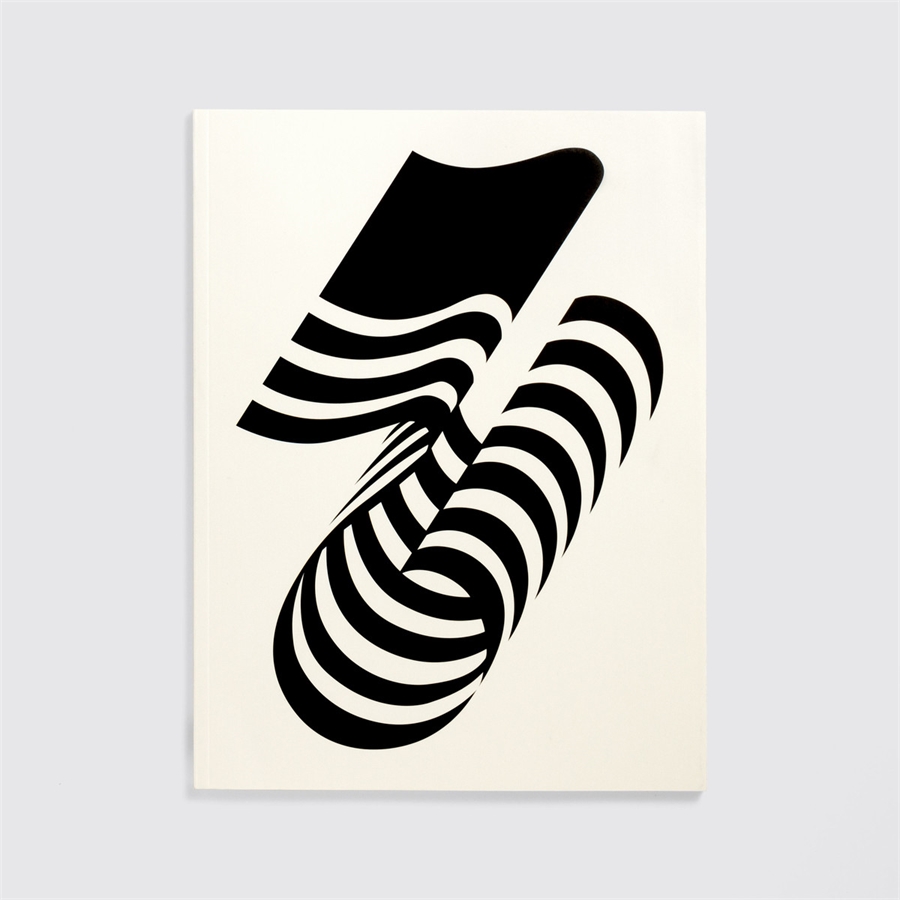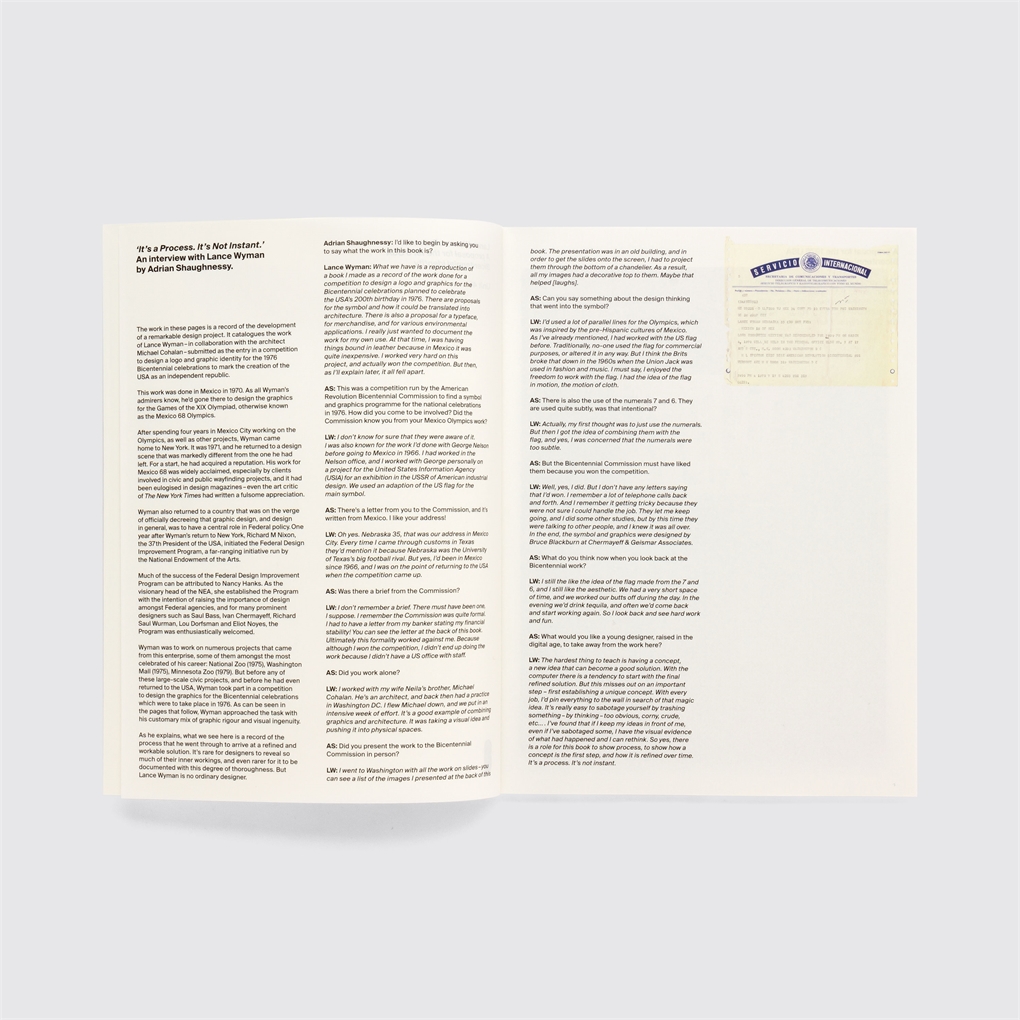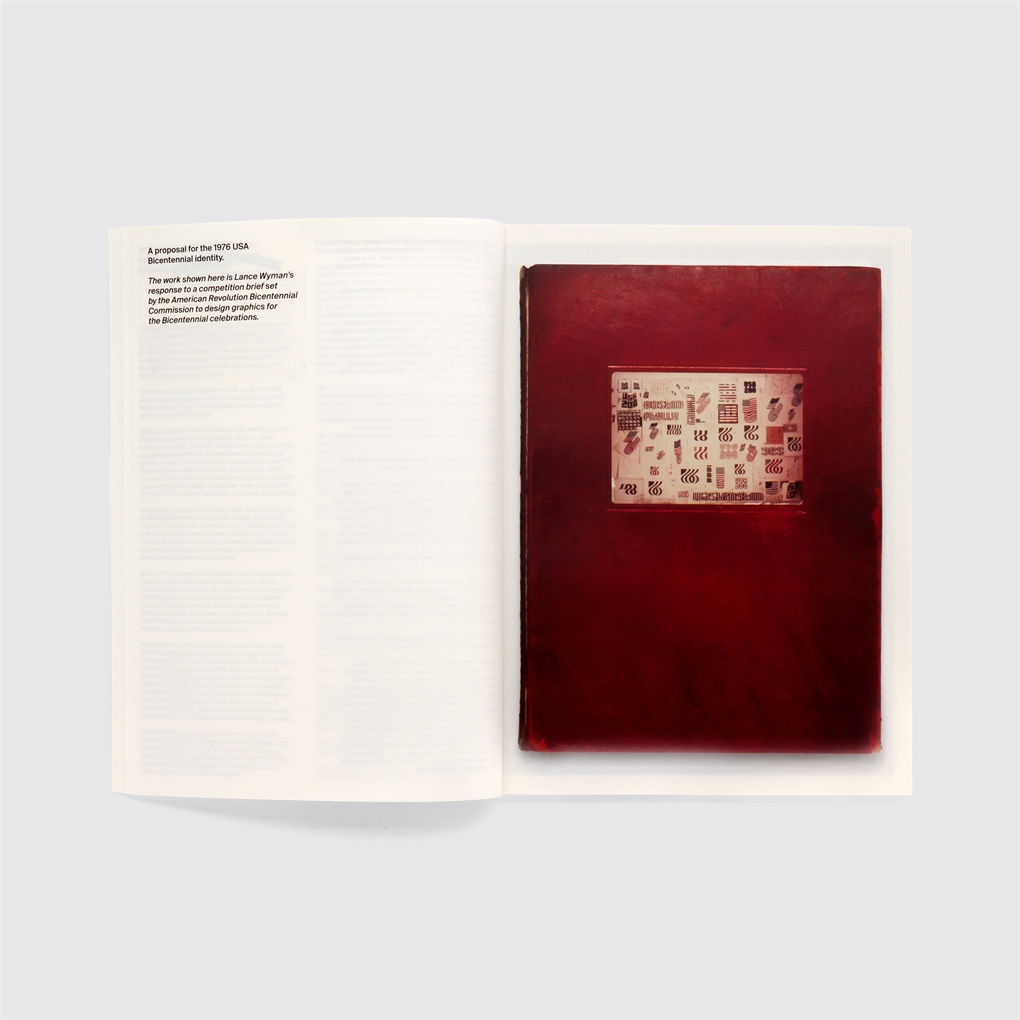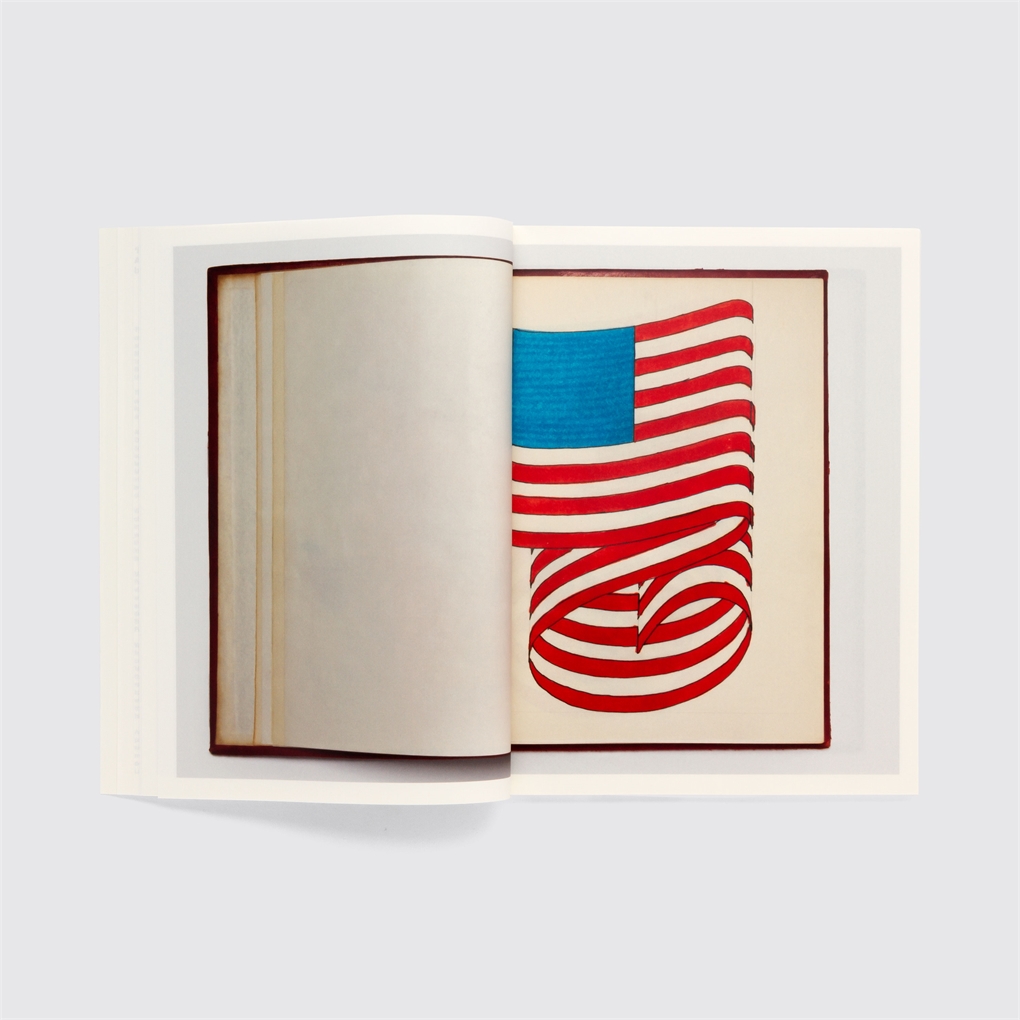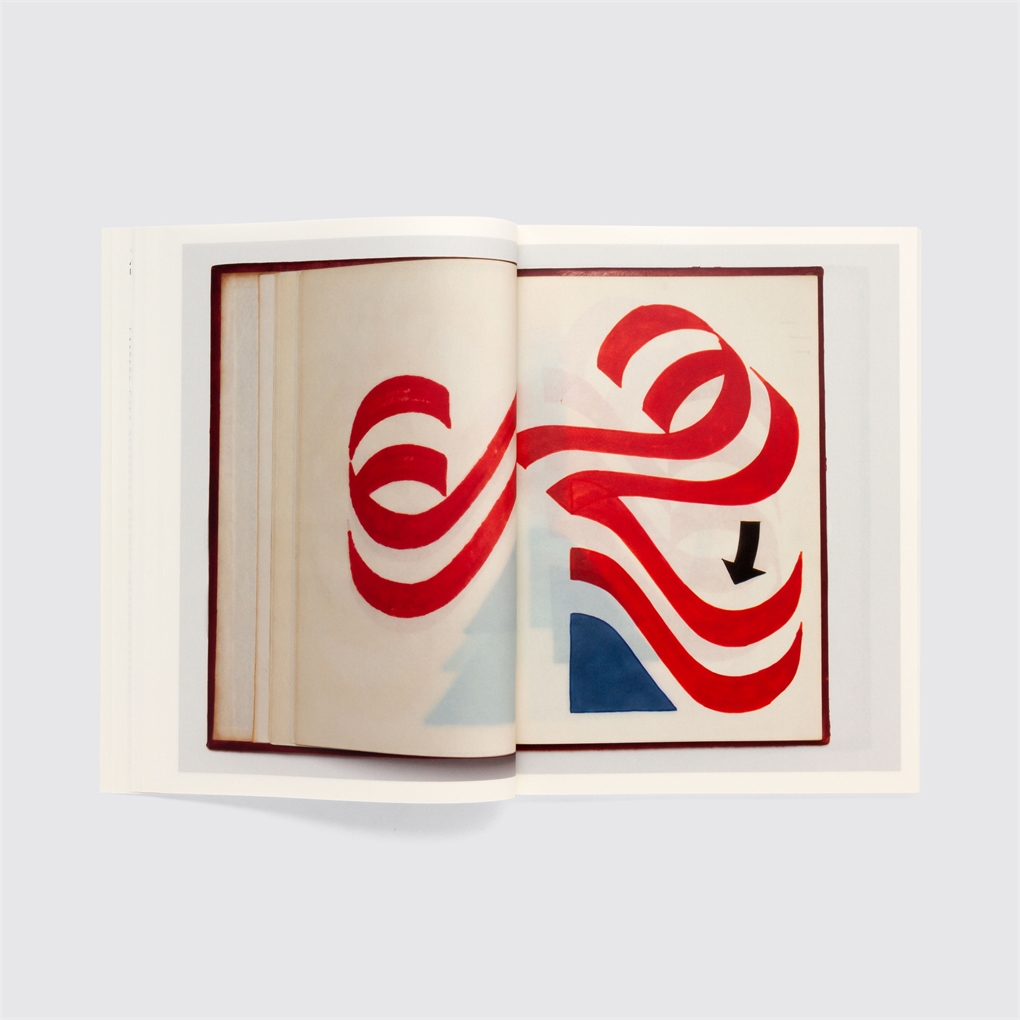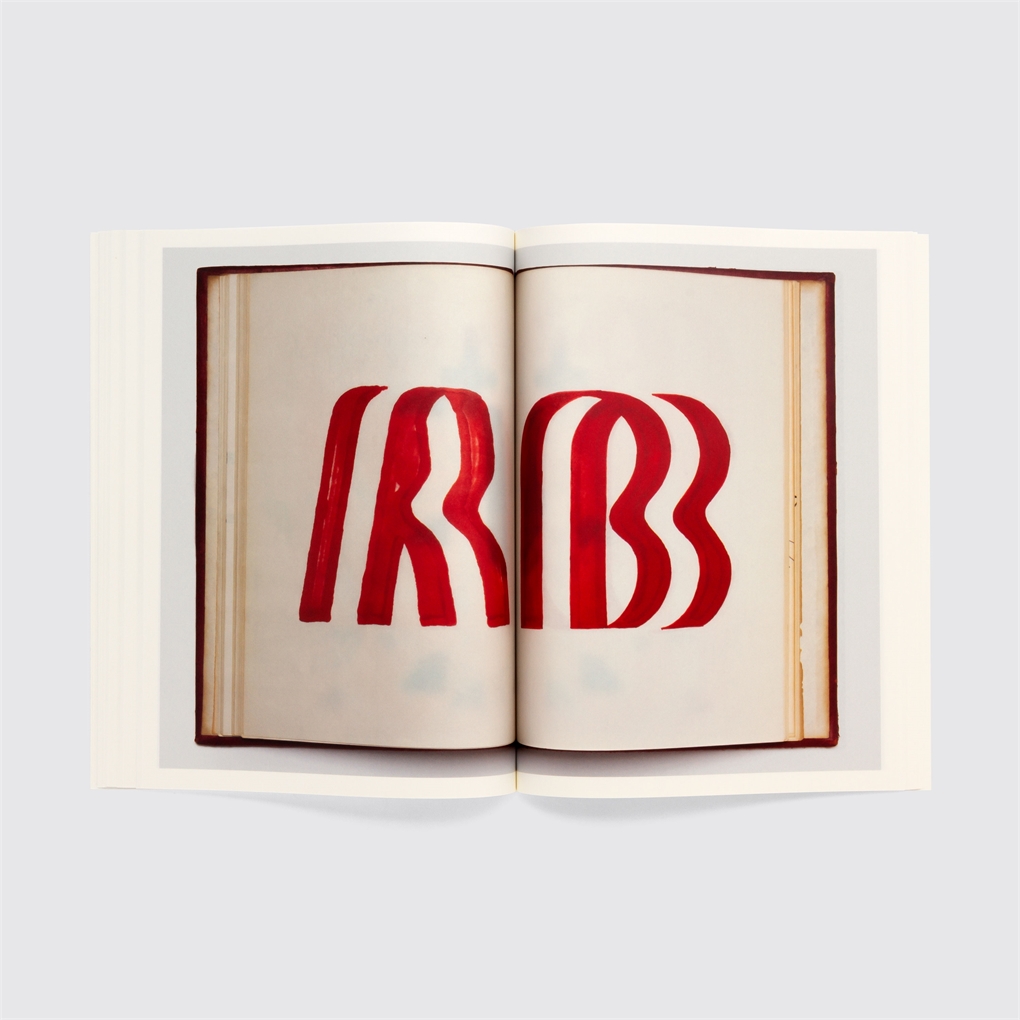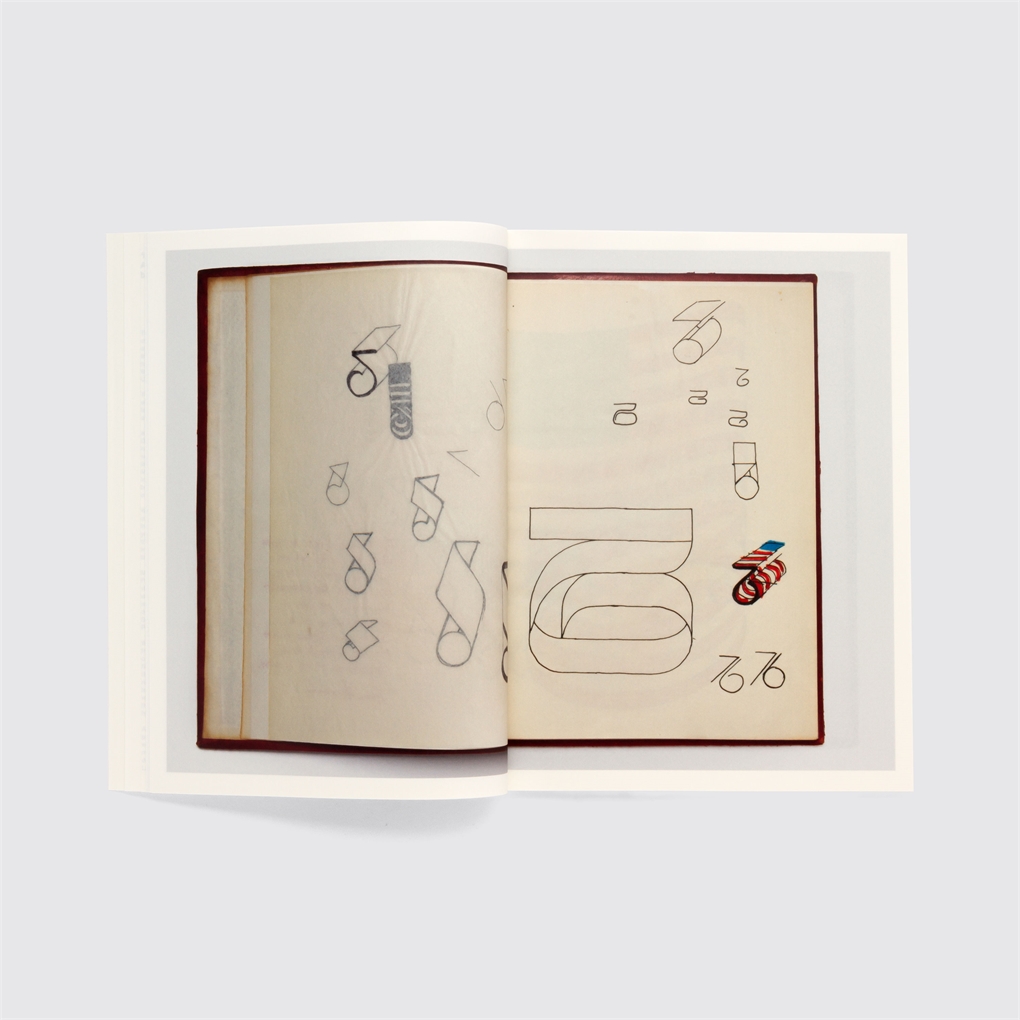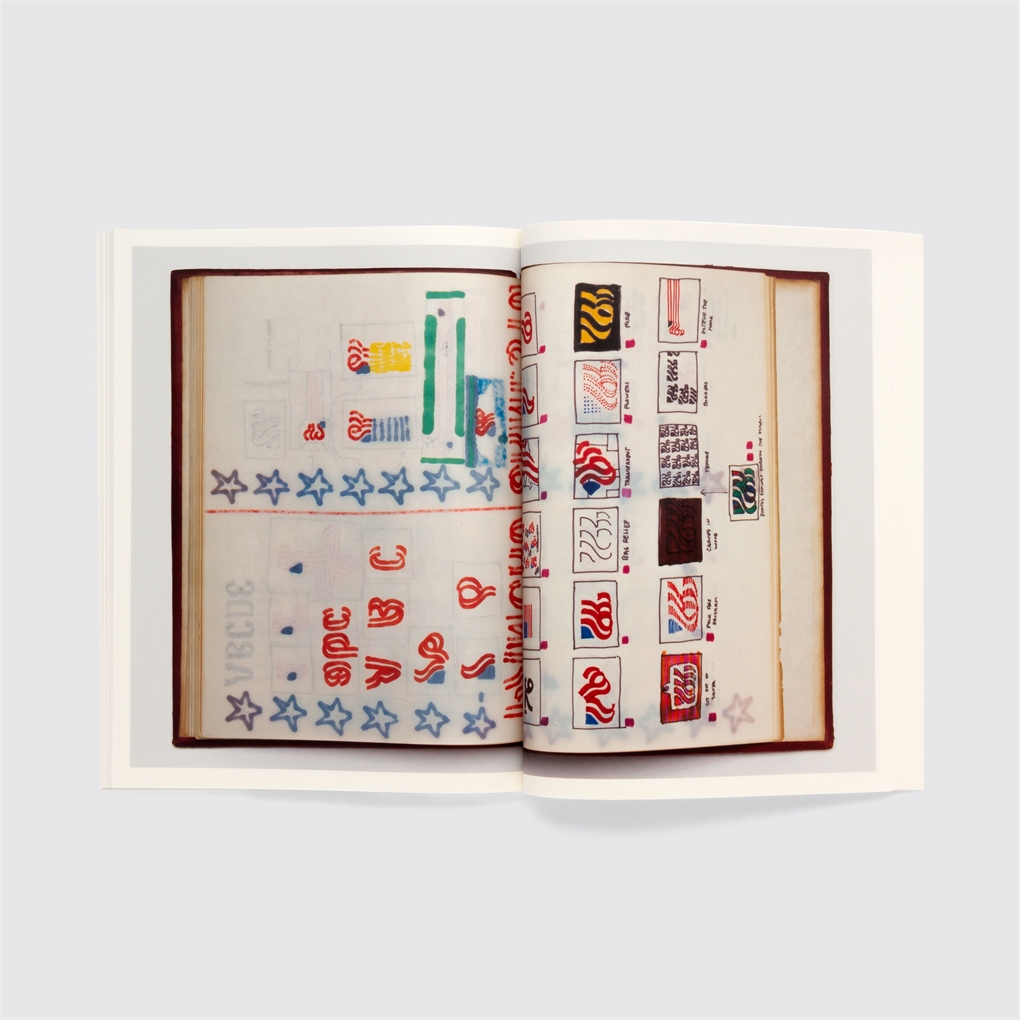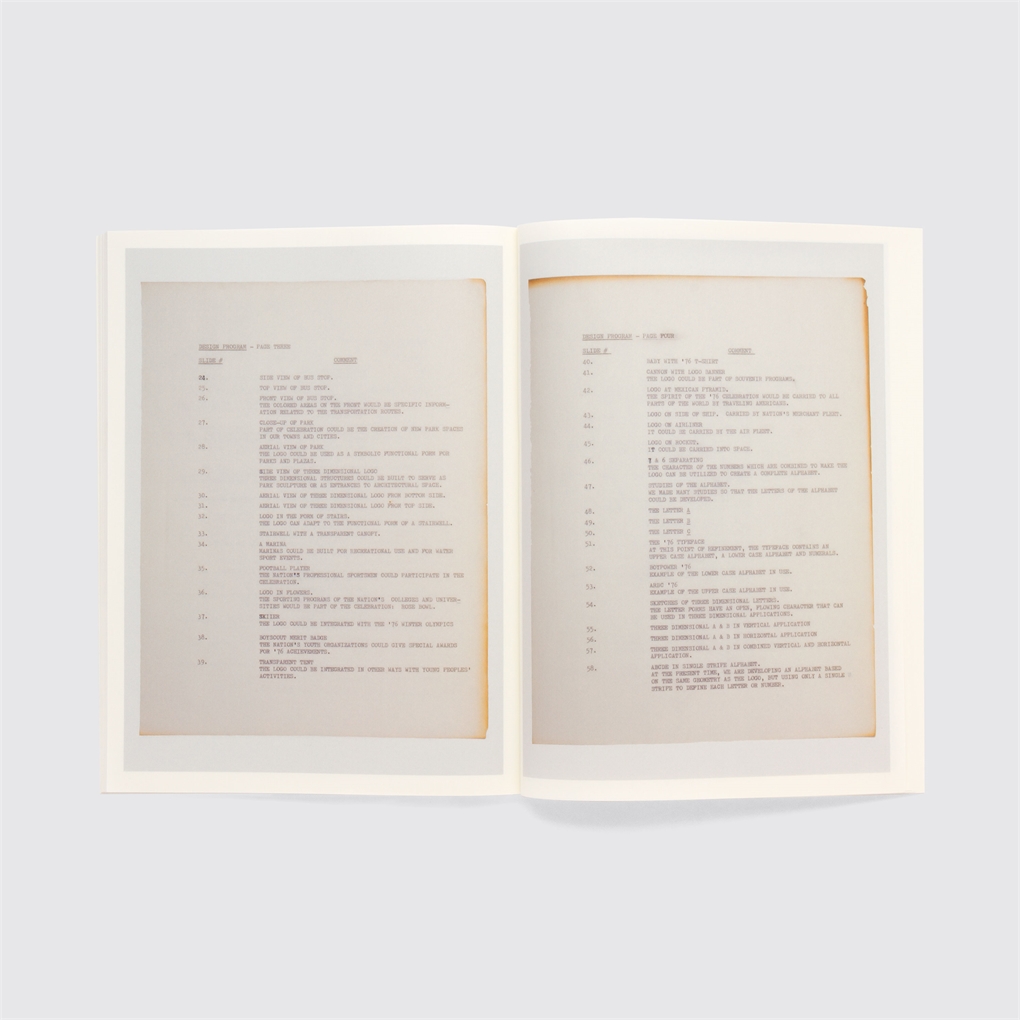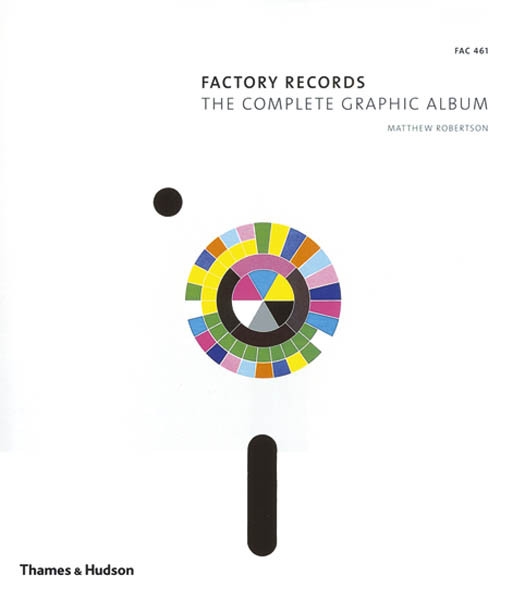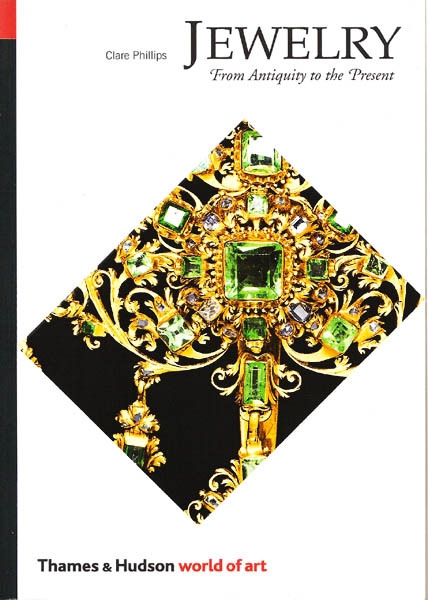Description
This book is a near facsimile of the one-off, leather-bound ‘sketchbook’ that Lance Wyman made to catalogue his design process for the creation of a logo and graphic identity for the 1976 USA Bicentennial celebrations to mark the creation of the USA as an independent republic.
This is a record of the creative process that Wyman went through to arrive at a refined and workable solution. It is rare for designers to reveal so much of their inner workings, and even rarer for it to be documented with this degree of thoroughness – but Lance Wyman is no ordinary designer.
The work was done in Mexico in 1970 – Wyman had gone there to design the graphics for the Mexico 68 Olympics. But in 1971 he returned to the USA, and to a design scene that was markedly different from the one he had left. For a start, he had acquired a stellar reputation.
One year after Wyman’s return to New York, Richard M Nixon, the 37th president of the USA, instigated Federal Design Improvement Program, a far ranging initiative aimed at producing better design for government funded projects. Wyman was to work on numerous projects that came from this, some of them amongst the most celebrated of his career: National Zoo (1975), Washington Mall (1975), Minnesota Zoo (1979).
But before working on any of these large-scale civic projects, he took part in a competition to design the graphics for the Bicentennial celebrations. As can be seen in the pages of this book, Wyman approached the task with his customary mix of graphic rigor and visual ingenuity.
In an opening interview with Adrian Shaunghnessy, Wyman explains the genesis of the project, the reasons why it was never implemented and discusses the importance of process in any designer’s work.
‘There is a role for this book to show process, to show how a concept is the first step, and how an idea is refined over time. It’s a process. It’s not instant.’ Lance Wyman
